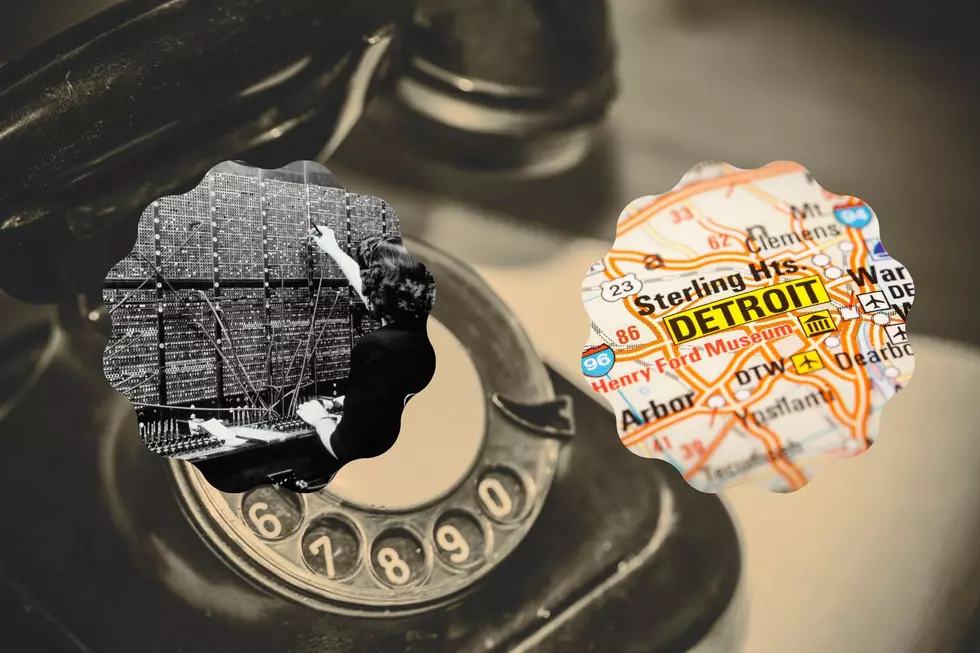
Grand Rapids Was The First City In America To Do These 3 Things
Grand Rapids, Michigan has some fascinating history that I bet you didn't even know about until now.

According to Experience GR French-Canadian Joseph La Framboise and his wife Magdalene established the first fur-trading post here in 1806. Twenty-some years later, Detroit-born Louis Campau, known as the official founder of Grand Rapids, built a trading post, blacksmith shop, and cabin on the banks of the Grand River. Grand Rapids became a village in 1838 and a city in 1850. Grand Rapids can also lay claim to being the first city in America to be the first to do these things.
Grand Rapids Was The First City In America To Do These 3 Things
In 1881 According to grandrapidsmi.gov, the country's first hydroelectric plant came to life on the City's west side.
Grand Rapids Ads Fluoride To The Drinking Water
In 1945 Grand Rapids became the first city in the United States to add fluoride to its drinking water in. According to Colgate Fluoride helps control and protect against the damage caused by the demineralization process, keeping teeth resilient to its negative effects. Other times, when your saliva is less acidic, fluoride helps by replenishing the calcium and phosphate ions that make your teeth harder and more protected.
America's First Publicly Funded Art Installation
In 1967 Grand Rapids is also responsible for the first publicly-funded art installation. According to Experience GR, Grand Rapids commissioned American sculptor Alexander Calder, widely considered one of the most important American sculptors of the 20th century, to create a piece of art for the city. Two years later, La Grande Vitesse was installed in Vandenberg Plaza. The sculpture celebrated its 50th anniversary in 2019
LOOK: Food history from the year you were born
More From 98.7 WFGR







